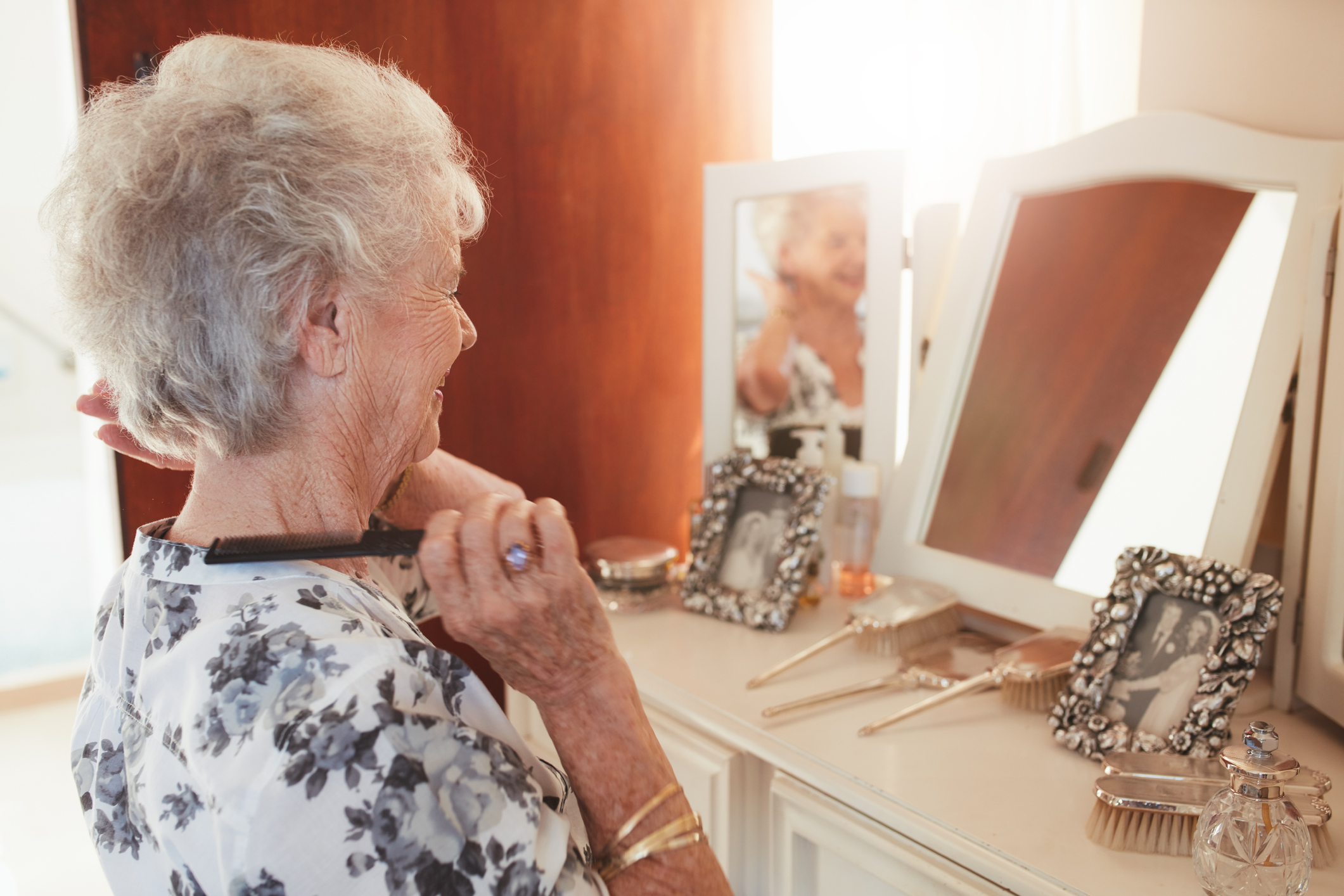It’s not uncommon for older adults, both men and women, to experience hair loss and greying. But hair texture can also change with fluctuating hormones in middle to older age. Once bone-straight hair may become wavy or coarse and thick hair can start to grow in thinner and finer.
In some cases, changes in hair texture like brittleness can be as a result of years coloring, bleaching or straightening hair. Treating hair gently and using a deep conditioner once a week can help prevent damage or consider taking vitamins like biotin or silica to help strengthen hair. If hair becomes very damaged, it may be time to chop some locks or embrace the grey. A healthy head of hair of any shade is an improvement over dry, damaged and brittle hair.
Hormonal changes during menopause can cause hair texture to gradually change over time. But if the change is sudden, it could be a sign of an underlying health problem like hypothyroidism, malnutrition or infection and should be discussed with a doctor. A rapid change in hair texture, along with other symptoms can be a health warning sign. Some medications can also cause a change in hair texture so talk with your doctor about worrisome side effects.
Diet can also play a role in maintaining healthy hair. Hair and skin need zinc, biotin, iron, vitamin E and omega fatty acids to stay thick and shiny. With age, the oil glands in the scalp produce less sebum and hair begins to thin. Try including foods like salmon, dark leafy greens, eggs, avocados and oysters as part of a healthy diet.
If hair texture has changed, it may also be time to adjust the type of hair products you use. If once coarse hair is becoming thin and straight, lighter weight shampoos, conditioners and styling products may be helpful. Letting hair air dry, which is quickly becoming trendy after years of hair straightening, can also help prevent damage. A new hairstyle may also help make the most of the change in texture. Always wanted curly hair? You may get your wish later in life.
To learn more about how to prevent hair damage, visit the American Academy of Dermatology website by following this link.






Add Your Voice
0 Comments
Join the Discussion